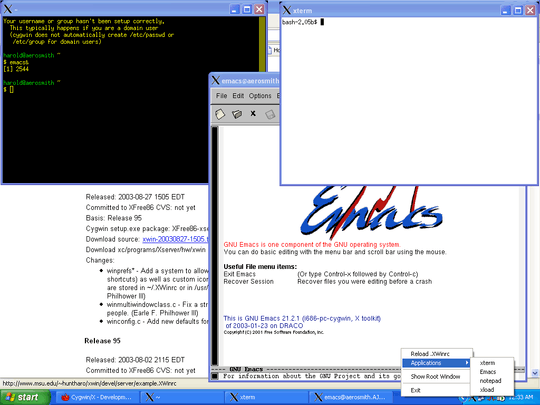A compatible Protocol & App needs to be available & running on both the sides - the client (Windows) and Server (Linux).
People will suggest a lot of apps & protocols and which is great, but if you want to do/ install minimal new services & apps just for easy use, do what I did and go with last way outlined below.
There are few ways to do this:
Install a compatible client & server on both sides. The options here are innumerable but this means having to install something new on both sides and make it work.
A path of less activity/ installation & system changes is suggested below.
Use the default of one and add compatible on another:
Using Client Default (Windows: RDP) on Server (Linux):
Install a Windows RDP compatible RDP/ Terminal Services (X-RDP) server on the Server (Linux). But from my recent experiences and reading that its not recently/ frequently updated it might not work with updated versions RDP clients on Windows
Using Server Default (Linux: VNC) on Client (Windows):
Easiest is to install a VNC Client/ Viewer on Windows and access the Server. To make it even simpler I recently just downloaded a Portable version to avoid having to Install / Setup on Client machine.
I wont list them all, but there's quite a few if you google for Portable VNC Viewer/ Client.
One that I just used is call UltraUNC or UVNC

"Alternately you could find a windows X client".. IMHO, this is the only solution that isn't stupid. For gods sake.. this is what x11 was designed to do. – Señor CMasMas – 2020-01-31T15:38:10.087